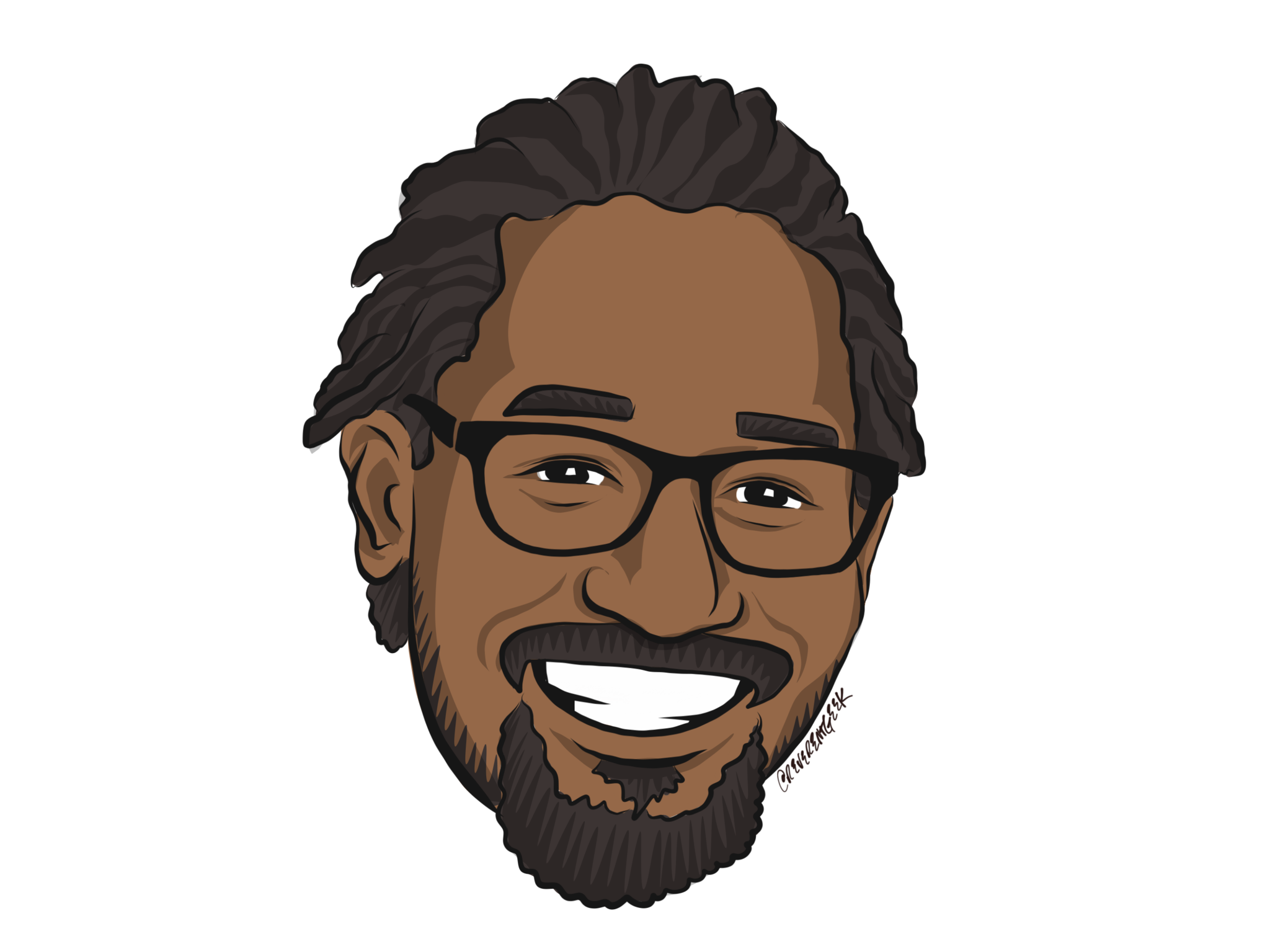Mapping Adventures Day 1 - Introduction and Open Street Map
Mapping has grown by leaps and bounds, from the introduction of Google Maps, what was once the ode of cartographers and GIS experts is now available to the common folk like me :-)
So wanting to learn how to map is one thing, getting the chance to do it is another, until well Fruits of Thought (http://www.fruitsofthought.org/) organized an exercise to update the information in Kabalagala, a local suburb of Kampala the capital city of Uganda.
The agenda was really simple, an introduction to mapping (and what we were going to do), the we were going to go out and collect the data, return for lunch after which we would upload the data we have collected to Open Street Map (OSM – http://www.openstreetmap.org).
The introduction to mapping was a simple affair, the concepts introduced where:
- Trace – GPS coordinates for a place, when entering these into OSM the type of feature found would also need to be described
- Track – the route taken to a point. The value of this was adding information on tracks, and side roads.
The GPS data collection devices were eTrex Venture HC Garminand GPS Receivers (https://buy.garmin.com/shop/shop.do?pID=8707&ra=true) and android smart phones with Open Streetmap Tracker a simplified app that captures the GPS coordinates of a single location at a time.
Well then off we were down to the dirty collecting trace points and grabbing data for a few routes. The team I was in was on a mission and within 90 minutes we had a 4km route and 40 points of data. That was the easy part; next step was lunch then uploading to OSM.
First we had to create accounts which was pretty straight forward since it also supports OpenID so I used my Google Account, yes I am a fanboy. OSM requires a GPS Exchange format (gpx) file which was easily downloaded from the GPS receiver unit we were using.
An initial challenge we had was with Internet connectivity as for some reason it was very slow that evening so the upload of a 600K file took forever and failed later, but finally we got it in. Once the file was uploaded we could access the traces at http://bit.ly/KK15ql to start adding more information. This turned out as easy as drag a building and facility type and place it over the trace point, give it a name and details … A baby could do it in their sleep, isn’t that what we all say when we learn something?
Well after all is said and done we need to praise Google Maps for leading the charge, and so did this blogger “In Praise of Google Maps” (http://oleb.net/blog/2012/06/in-praise-of-google-maps/)
